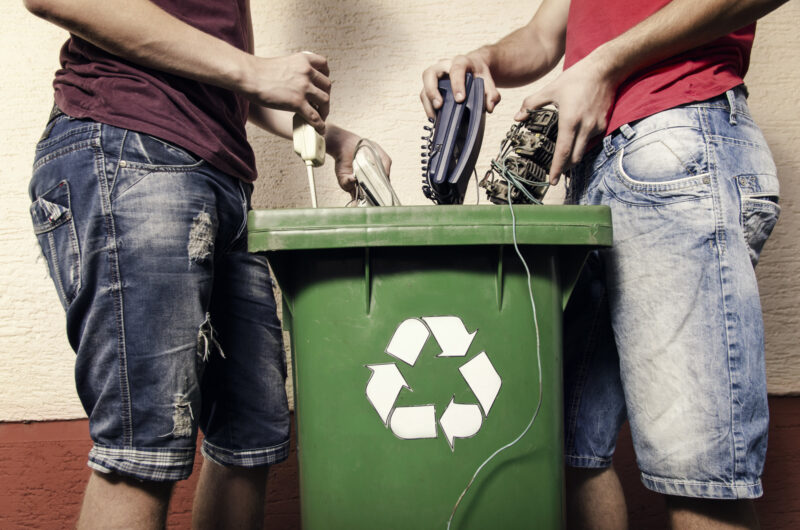
3 Things to Know About Electronic Waste Disposal
Everyone will have electronic waste to dispose of in today’s time.
Consider how many computers, DVD players, phones, and other electronics are out there. Now think about what happens to them when they are replaced with the newer, shinier version.
As technology advancement increases, this will only worsen, so knowing the facts of electronic waste disposal can help save you legal troubles and benefit the environment.
Keep reading for all you need to know.
1. What Is Electronic Waste?
Electronic waste, also known as e-waste, or waste electrical electronic equipment (WEEE), is any electronic device that an individual or business no longer wants.
When an electronic device, such as an office phone, television, game console, treadmill, or microwave, becomes outdated, they generally become electronic waste.
Often, when appliances or other electronics break, it is more expensive to get them fixed than to replace them with the newer version.
Even when an electronic device isn’t outdated, consumers often want the newest model, even if theirs is only a year old. This usually occurs with the latest Apple iPhone release, for example.
The build-up of these electronics is what causes e-waste.
2. Electronic Waste Is Hazardous
Electronic waste is considered hazardous because it contains chemicals. These chemicals, when piled up in a landfill for a period of time, will leach into the soil and waterways, exposing the environment.
These chemicals are hazardous to people, animals, and the environment itself, which is why following environmental regulations and WEEE compliance requirements is essential.
3. E-Waste Disposal Options
To be WEEE compliant, you must also learn the process of disposing of e-waste. Perhaps you didn’t know before, but you should not throw your old microwave into your trash bin.
Instead, you have a few options, such as electronic waste recycling. If you have a vehicle that can fit your old electronics, you can drive them to a local recycling center; just make sure they have an electrical bank to place them in.
Never place your electronics in your recycling bin. If you cannot transport larger items, many local centers will arrange a pickup for you.
You can also donate your old electronics to charity if they are still in working condition. You may also be able to exchange them for a newer model if your local retailer offers this eco-friendly service.
Selling them on local markets is another option, as many people are looking for a good deal, and you can use the money to put towards your upgrade.
Whatever you do, make sure you are first complying with any local, state, and federal e-waste laws.
Know the Facts of Electronic Waste Disposal
Understanding how electronic waste disposal works and why it is so important is essential for protecting your health and the environment.
Lookup any regulations, and when it’s time to get rid of your electronics, choose one of the options above instead of carelessly throwing them away.
If you would like to learn more today, browse through our collection of well-researched articles.

